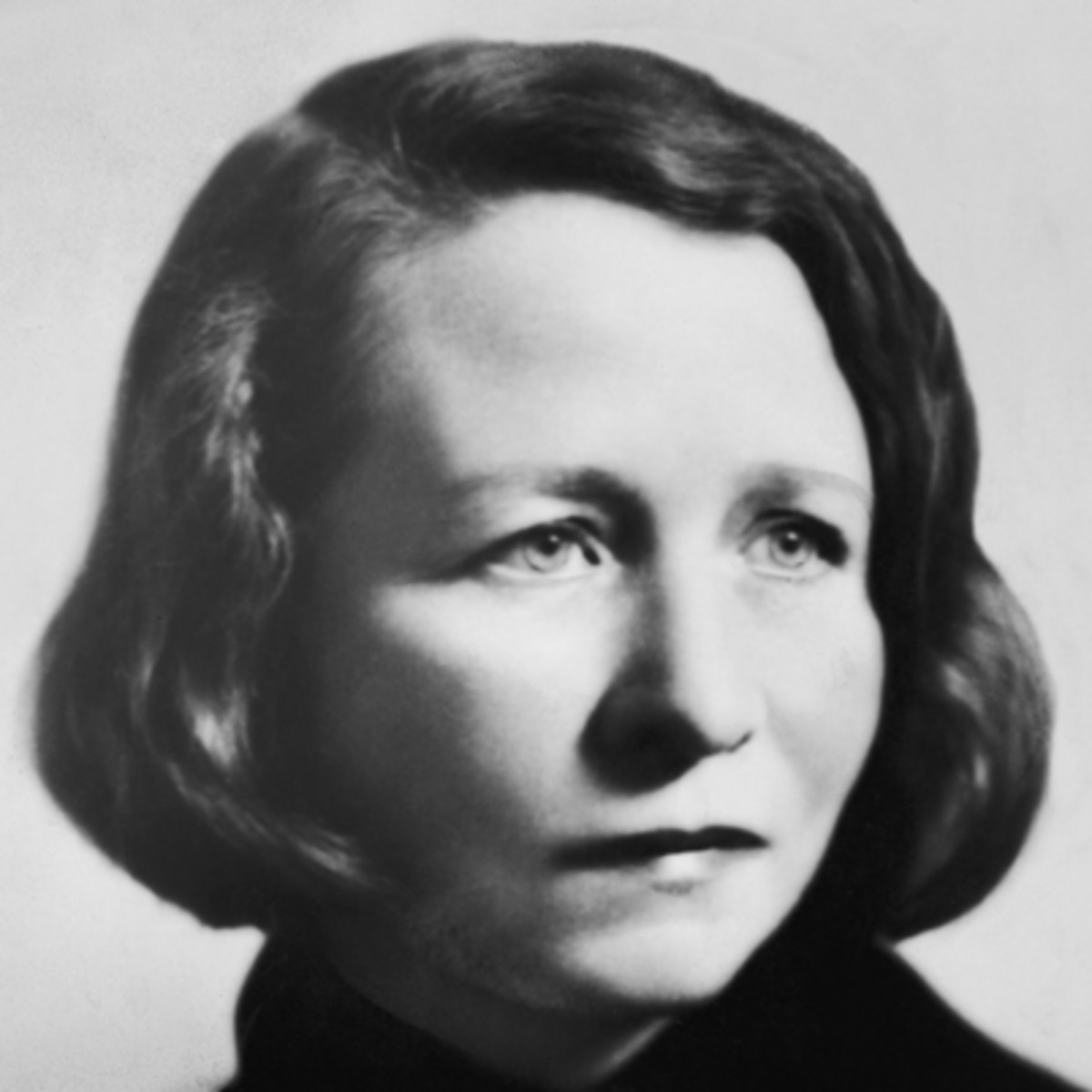My candle burns at both ends;
It will not last the night;
But ah, my foes, and oh, my friends—
It gives a lovely light!
Published:
1920
Length:
Shorty
Literary Movements:
Modernism
Anthology Years:
2022
2023
Themes:
Faith & Hope
Health & Illness
Poems of the Everyday
Literary Devices:
Alliteration
the repetition of the same letter or sound at the beginning of words appearing in succession
End Rhyme
when a poem has lines ending with words that sound the same
Extended Metaphor
a metaphor that extends through several lines or even an entire poem

